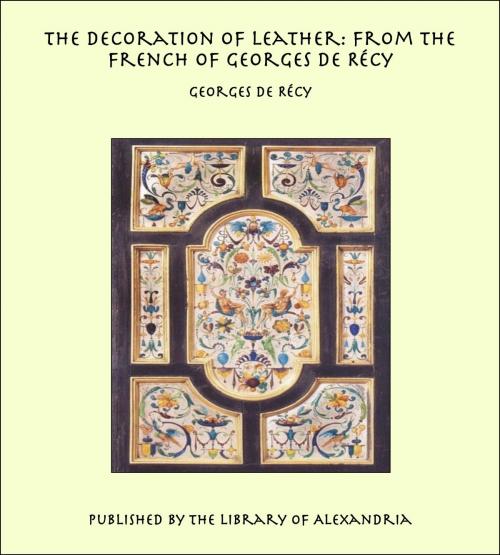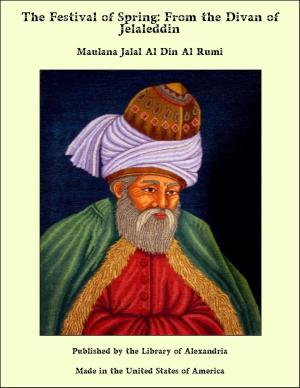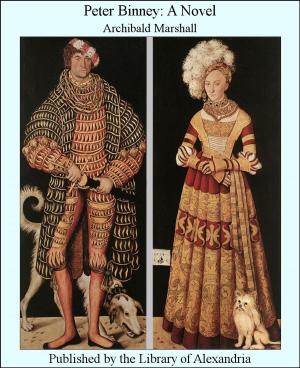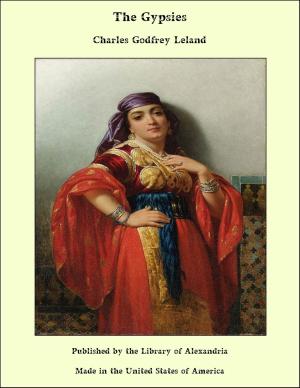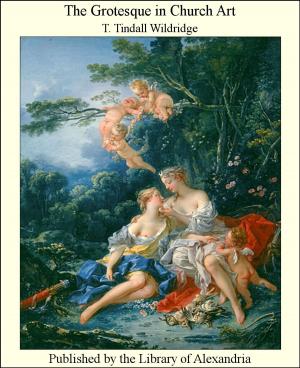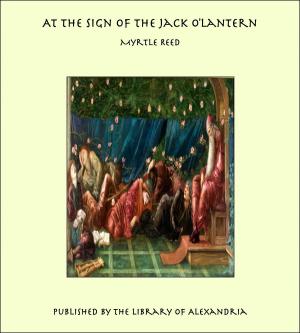The Decoration of Leather: From the French of Georges de Récy
Nonfiction, Religion & Spirituality, New Age, History, Fiction & Literature| Author: | Georges de Récy | ISBN: | 9781465542946 |
| Publisher: | Library of Alexandria | Publication: | March 8, 2015 |
| Imprint: | Language: | English |
| Author: | Georges de Récy |
| ISBN: | 9781465542946 |
| Publisher: | Library of Alexandria |
| Publication: | March 8, 2015 |
| Imprint: | |
| Language: | English |
The following remarks, without attempting a description in detail of the different phases through which the art of decorating leather has passed since its origin in primitive times, deal with the treatment of leather solely from the decorative point of view, the present volume being limited to the consideration of this aspect of the subject. In all ages man has sought to develop to their fullest extent the possibilities of splendour in the materials of his dress, and an important place in the wardrobes of our early ancestors was filled by skins shorn of hair, thus lending themselves easily to decoration in many different ways. The nomadic races, described to us as at first riding their horses barebacked to the conquest of the West, soon adopted ornamental trappings more suited to their position as conquerors, as shown by the marvellous mosaics of piqué leather which from an early date constituted the foundation of the war-like equipment of the Tartars and Moguls. In addition to magnificently woven materials and damascened arms, the Crusaders brought back with them to Europe, leather ornamented with wool, silk and precious metals. Europe set itself to imitate this art of working in leather, and found a source of faultless taste and purest models in Spain, then occupied by the Moors
The following remarks, without attempting a description in detail of the different phases through which the art of decorating leather has passed since its origin in primitive times, deal with the treatment of leather solely from the decorative point of view, the present volume being limited to the consideration of this aspect of the subject. In all ages man has sought to develop to their fullest extent the possibilities of splendour in the materials of his dress, and an important place in the wardrobes of our early ancestors was filled by skins shorn of hair, thus lending themselves easily to decoration in many different ways. The nomadic races, described to us as at first riding their horses barebacked to the conquest of the West, soon adopted ornamental trappings more suited to their position as conquerors, as shown by the marvellous mosaics of piqué leather which from an early date constituted the foundation of the war-like equipment of the Tartars and Moguls. In addition to magnificently woven materials and damascened arms, the Crusaders brought back with them to Europe, leather ornamented with wool, silk and precious metals. Europe set itself to imitate this art of working in leather, and found a source of faultless taste and purest models in Spain, then occupied by the Moors
